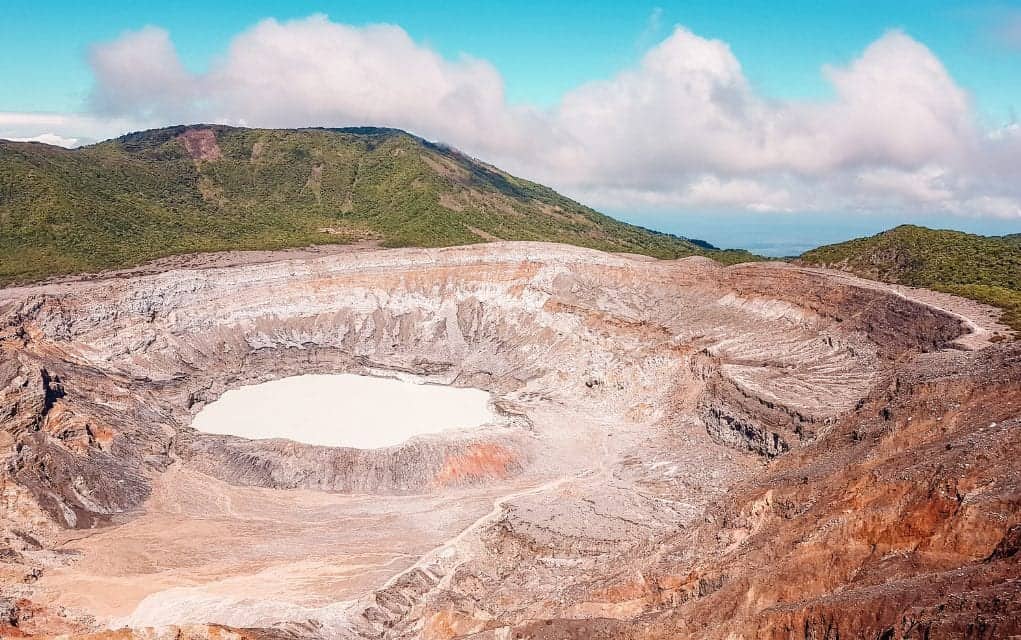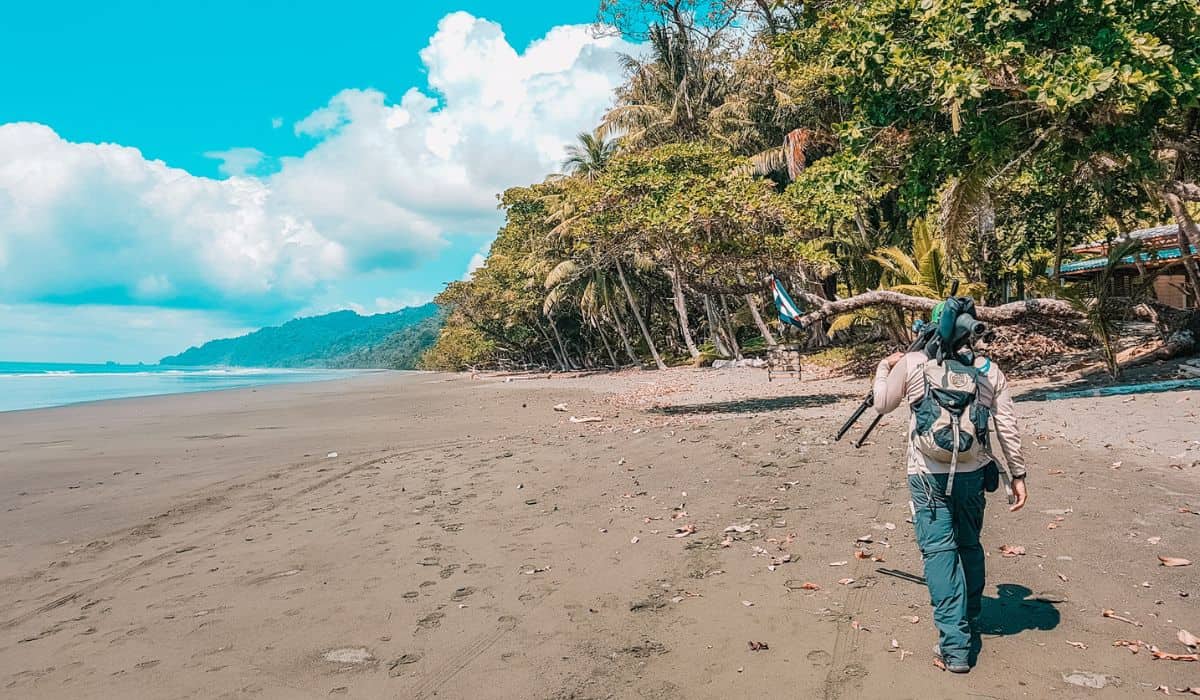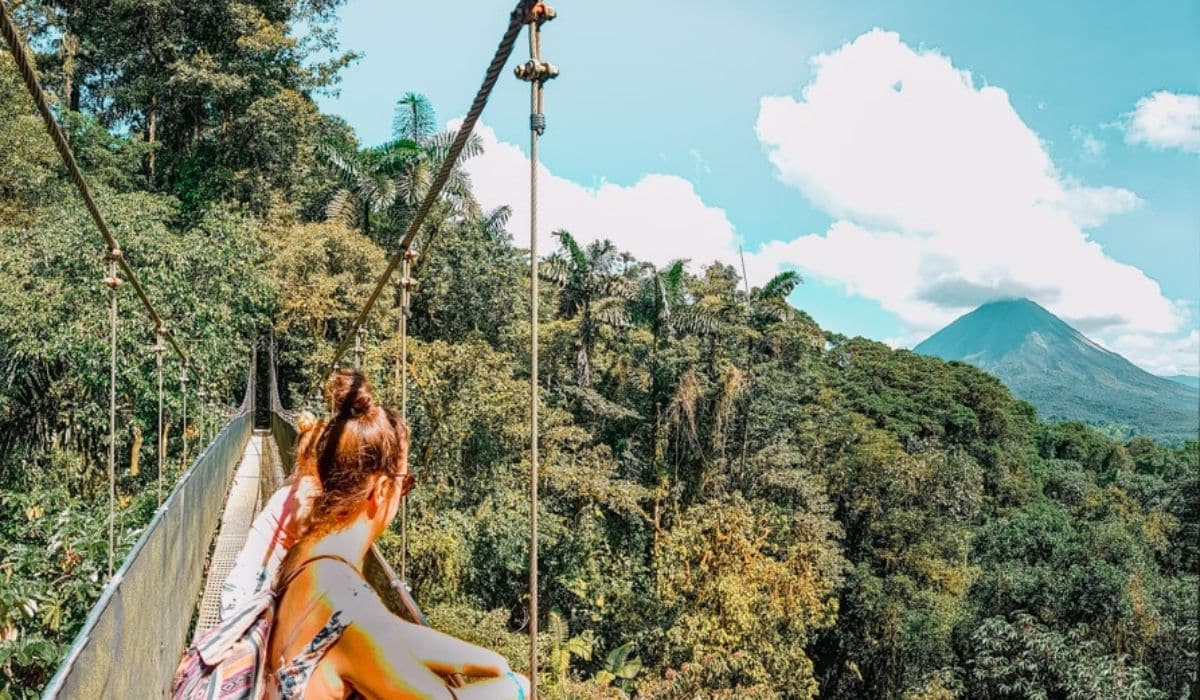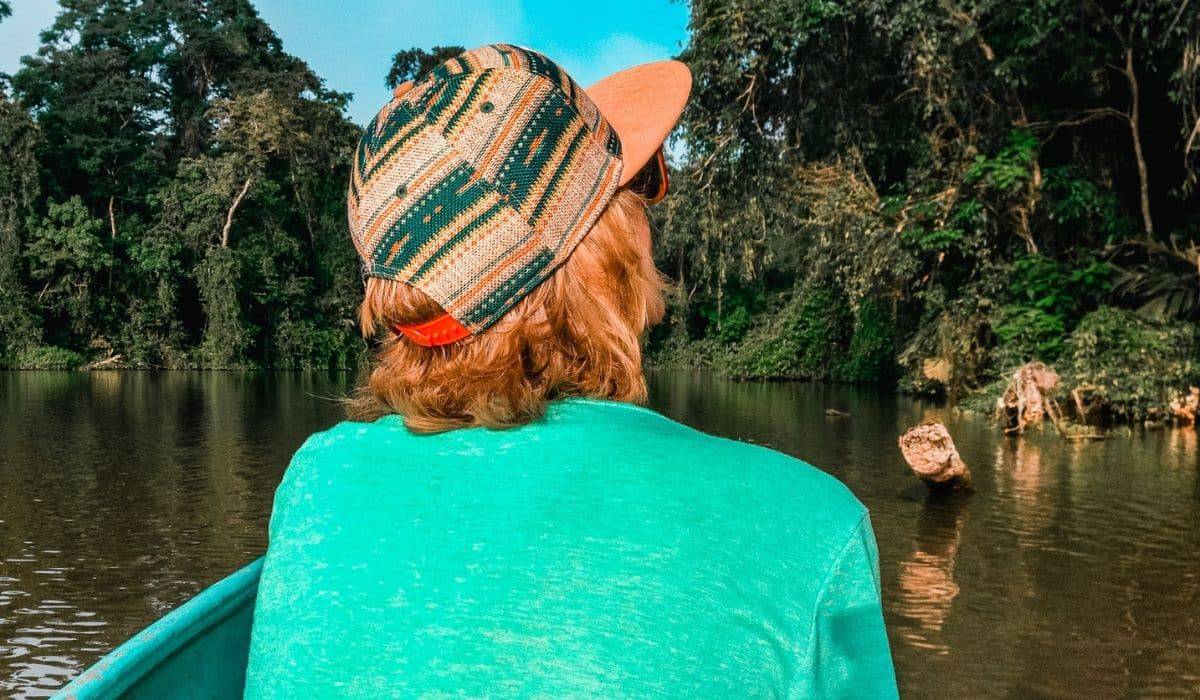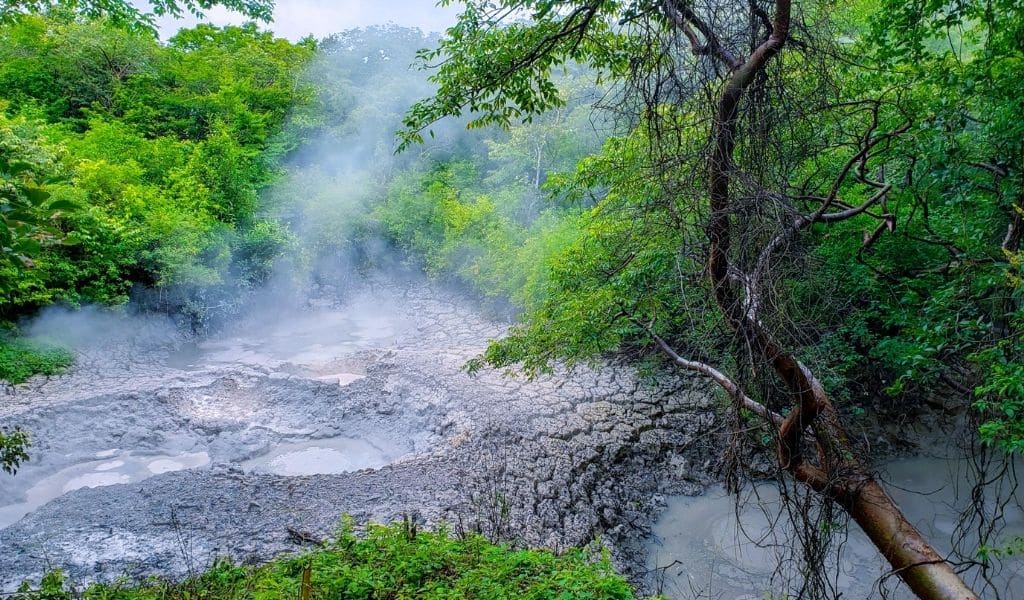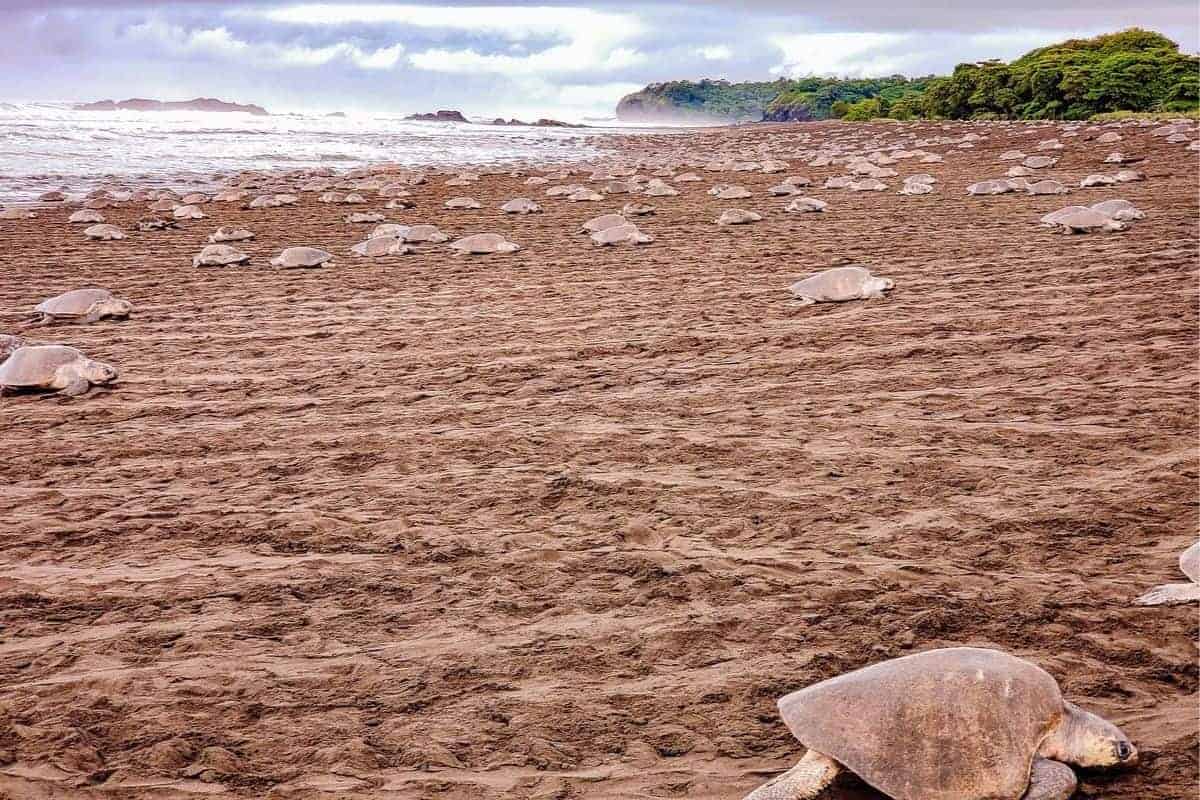Costa Rica National Parks: How to Plan Your Nature Adventure
Map of Costa Rica National Parks
We created this clickable map of all the Costa Rica national parks so you can easily find a nice nature-filled place to explore on your trip.
Enjoy!
You Might Also Like
Complete Guide to Things to Do in Costa Rica
Beaches in Costa Rica: Complete Guide
Complete Guide to Safety in Costa Rica
….if none of those appeal to you, check out our Must Know Planning Info on Costa Rica for more trip-planning advice















